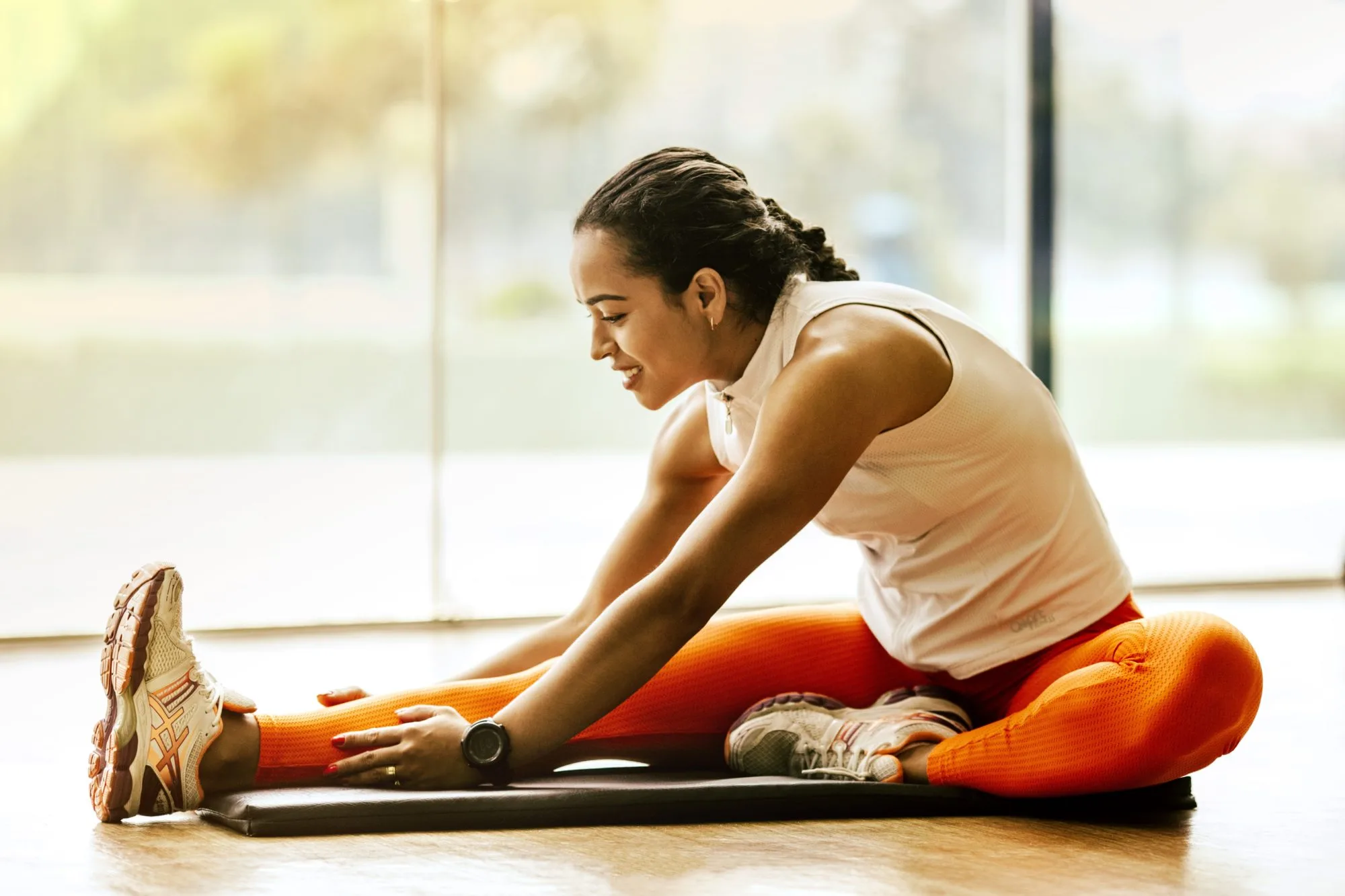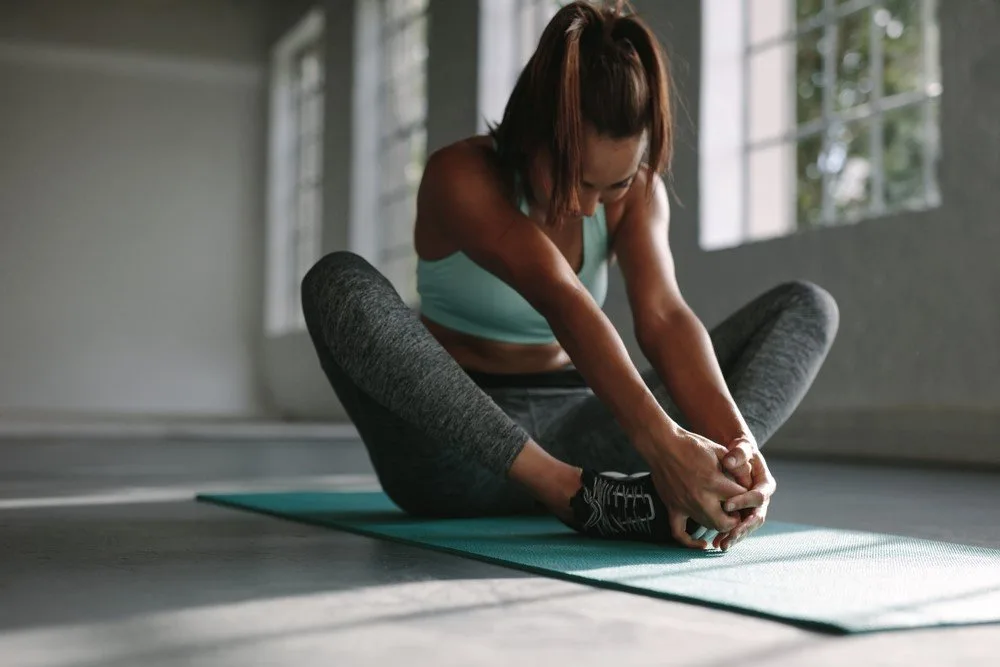Stretching is quite important when it comes to working out. It is a form of warm-up that helps to prepare the body for the subsequent exercises. Other than preparing your muscles and body, it also helps to prevent any possible injuries as well as over-training. That is why it is useful to engage in some stretches before you get into any workout.
When it comes to stretches, they are classified into various categories, and the two major ones are static and dynamic. How similar or different are they?
Static vs Dynamic Stretches
Dynamic Stretches

They tend to incorporate several muscle groups into a set of workouts. It also entails the movement of body parts and slowly increasing the speed, movement, and reach. Typically, the body movement is done repeatedly, and it needs proper coordination.
Examples Of Dynamic Stretches
There are different forms of dynamic stretches, and they include a series of jogs, lunges, or jumps. They can also be categorized as dynamic stretches for the upper body and lower body. The upper dynamic stretches include hip circles, side bends, trunk rotations, windmills, huggers, neck circles in different directions, and arm swings. The lower body dynamic stretches include butt kickers, jogging, high knees, leg swings, jumping, lunges on all sides, as well as shuffles.
When performing this stretch, remember to change your position or direction almost immediately and repeat the workout 10 or 12 times.
Pros
- It boosts the range of motion
- Small movements help to boost overall body strength during and after a workout
- It is effective in preparing the muscles for the forthcoming activity
- It enhances the core body temperature
- Flexes and strengthens the joints through different motions
- It increases the heart rate, which then prepares it for the following activity
Cons
- There is a higher injury risk than other forms of stretches, especially if you do not complete the motions as expected
- They are somewhat complicated
Static Stretches
Contrary to dynamic stretches, static stretches entail the stretching and holding of muscles in a specific position. Also, the athlete can either stand or sit when doing a static stretch.

Stretching | Longevity LIVE
They are usually performed after an exercise to help relax the muscles. After an exercise, the muscles will be warm, meaning that they will be easy to stretch and less possible to experience a muscle pull.
Another thing about this stretch is that you will hold each position for just about 20 to 30 seconds. Some poses will be held for a maximum of 2 minutes and altered to a different position. The best way of experiencing the effects of this stretch is to stretch to the maximum. Typically, stretch until you feel a slight pain in the target muscles.
Examples of Static Stretches
They also range from one form of stretching to another. One common form of static stretching is yoga, where you hold a particular position for a few seconds or minutes and change accordingly. Other forms include doorway stretches, neck stretches, holding hands behind the back, fold and hold the leg from behind, the plank, among others. They are limitless, and it is all about engaging in a pose that requires you to hold the position for a while before altering.
Pros
- They are easy and can be done by anyone
- You can do them anywhere; indoors or outdoors
- It corrects a person’s posture
- They are less open to injury
- Helps to eliminate such ailments as aches, pains, and cramps.
- Enhance the relaxing feeling
Cons
- Without an initial warm-up, you might experience a muscle pull
- It reduces muscle capacity
- It consumes a lot of time
- The movements are limited to specific muscle groups
Which is the Best?
Each form of stretching has its specific advantages, and when they are applicable. If you are about to engage in a physically active sport like soccer, dynamic workouts will do you good. However, blending with some static can also help prevent muscle pull. This should be done once you are off the pitch. So if you are about to start an activity, you should start with dynamic stretches. Static stretches should come after an activity.

Which Delivers Long-Term Benefits?
When it comes to long-term longevity benefits, dynamic stretching gets the upper hand. This will be possible if you consider doing this stretch daily.
It has been studied that performing dynamic stretches every day for a whole month can enhance your overall athleticism. This means that you will experience enhanced strength, endurance, speed, power, agility, as well as flexibility. With static stretches, it mostly helps to enhance your flexibility since it’s more about elongating your muscles.
Which Is The Best For Cooling You Down?
If you want a workout that helps you to cool down, a static stretch is the way to go. It will help to ease your body and restore it to the normal state.
As mentioned, it will help to promote your overall flexibility, especially if you include it in your daily routine. Even when you hold a particular muscle for 30 seconds every day, you can enhance the flexibility and range of motion after a while.

Some Advice
When performing dynamic stretches, ensure that you relate it to the forthcoming activity. If you are about to run, some high-knee stretches will work out perfectly. Also, make sure you start off slowly and gently, especially if it is your first time performing a dynamic workout. Remember to rest in between sessions before you move on to a more energetic stretch.
With static stretches, make sure your muscles are warmed up enough to prevent muscle pull. Also, stop stretching when you experience any sharp and unbearable pain. If any pose is painful, change it immediately to avoid further damage to your muscles.

The Verdict
Both forms of stretches are helpful; you just need to know when to do them. Dynamic stretches involve more movement and intensity, which helps to prepare your muscles and body for the forthcoming activity. Conversely, static stretches are less intense, and it also involves limited motion. Remember to take it slow when you are getting started with the dynamic stretches.
References
Which is Better: Static or Dynamic Stretching
http://www.humankinetics.com/excerpts/excerpts/types-of-stretches
https://www.miamivalleyhospital.org/WorkArea/DownloadAsset.aspx?id=50036 https://www.fitnessbin.com/the-pros-and-cons-of-static-stretching/

Who Is The Author?
Rohan Arora is a professional marketer and has been actively involved in Fitness and Nutrition for over seven years. As a hard-gainer himself, Rohan publishes weight gain reviews, articles, and nutrition plans to help underweight people gain healthy weight and transform their bodies.



![women [longevity live]](https://longevitylive.com/wp-content/uploads/2020/01/photo-of-women-walking-down-the-street-1116984-100x100.jpg)










